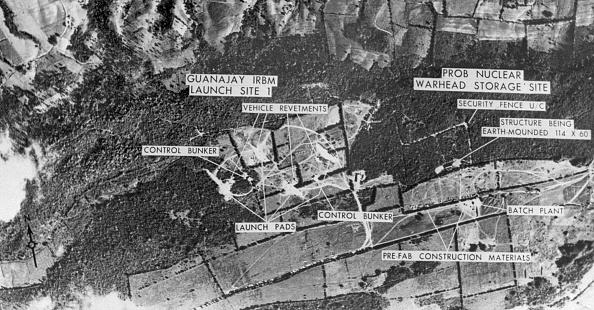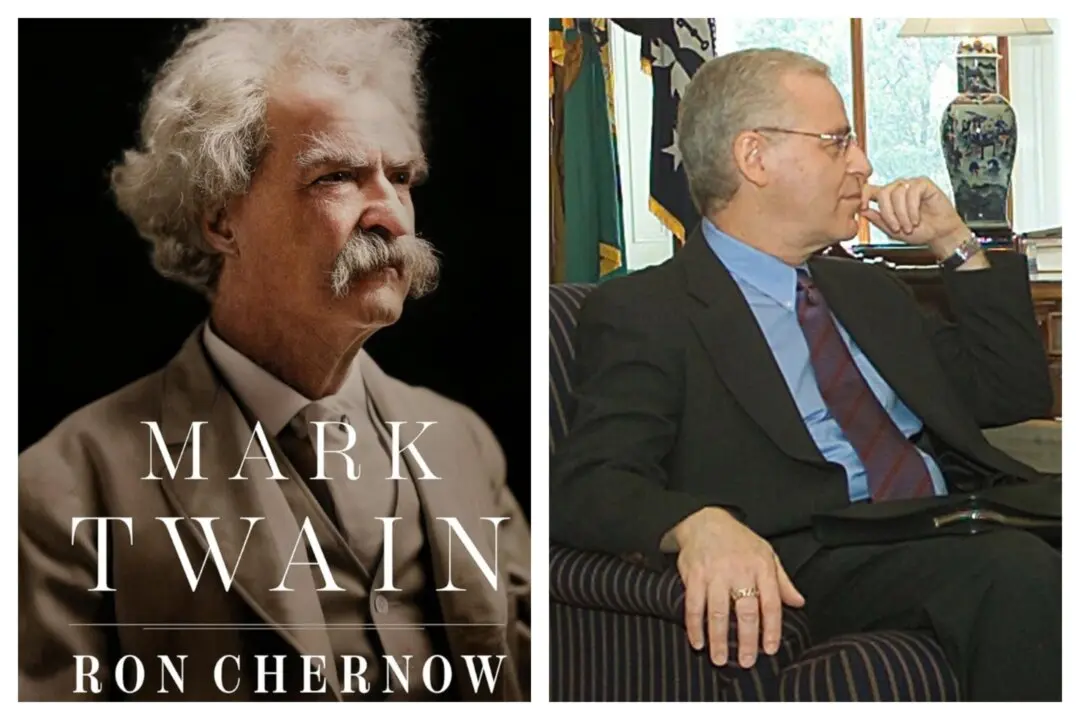Almost immediately after the hottest war in human history had concluded, a cold war began between the world’s two greatest powers. America and the Soviet Union began a standoff along what Winston Churchill termed “an Iron Curtain.” Never would this metaphorical Iron Curtain be so physically visible than when the communists of East Germany, part of the Soviet Bloc, began construction of the Berlin Wall in August 1961. It was a definitive and unmistakable line drawn between the West and the East—between democracy and communism.
What was transpiring behind the Iron Curtain? The Americans wished to know. If there was to be a World War III, the United States needed to be prepared in no uncertain terms.






